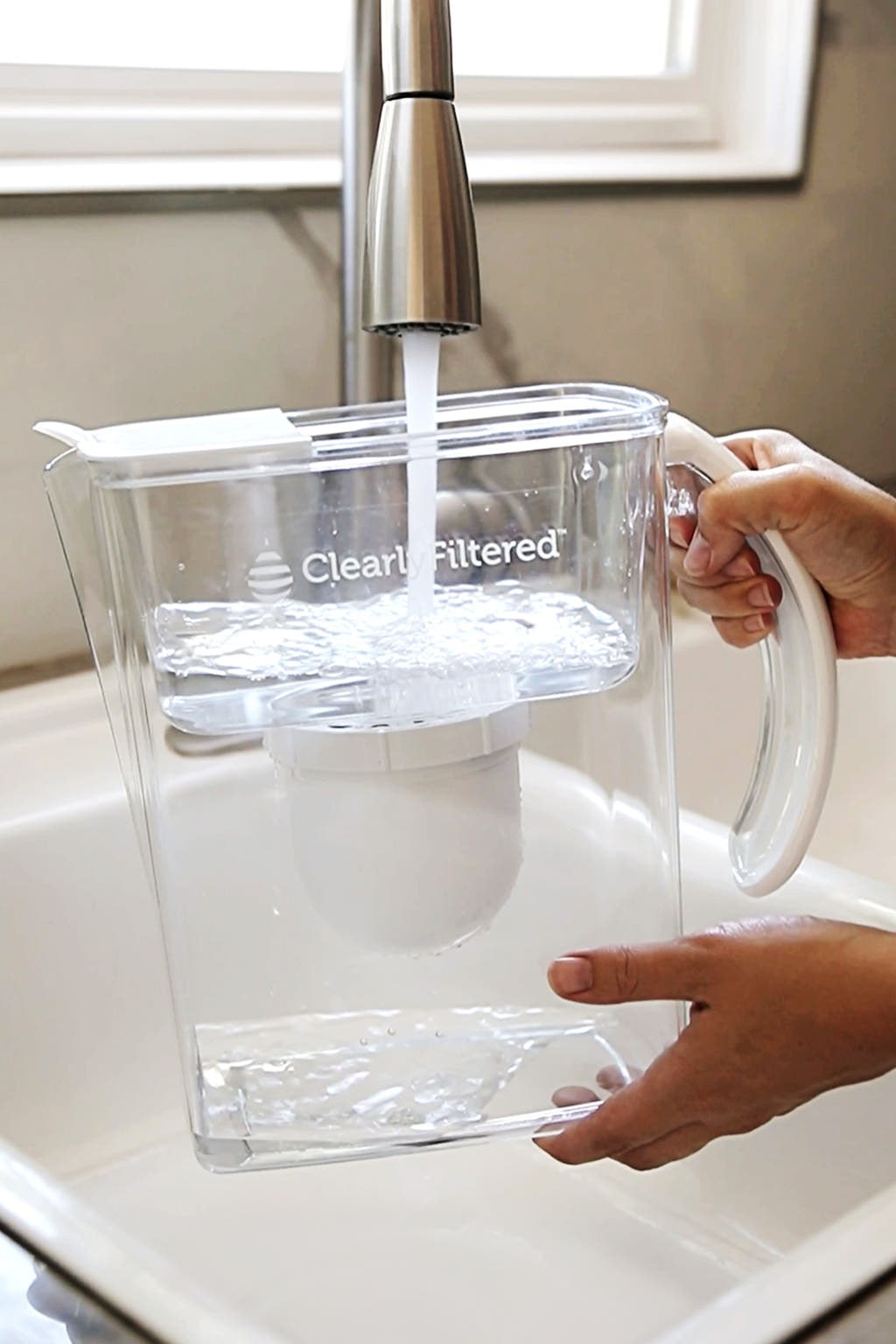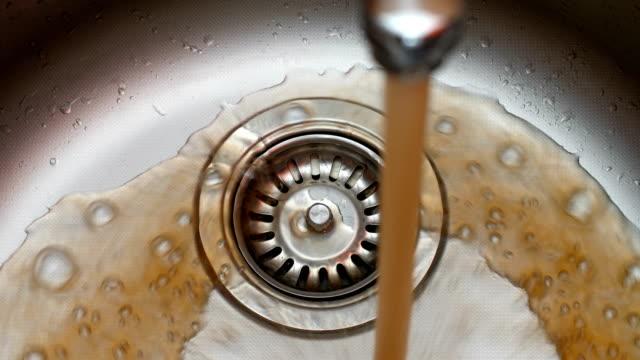What You Need To Know
-
EPA advisory: Two cancer-linked ”forever chemicals” found in tap water (PFOA & PFOS) pose serious health risks, even at tiny, undetectable levels.
-
PFAS are far more toxic than previously thought; EPA shrinks existing tap water guidelines by 17,000x to "near-zero."
-
“Get this stuff out of our drinking water,” says National Resources Defense Council (NRDC).
-
EWG estimates more than 200 million Americans could be at risk.
-
Clearly Filtered’s pitcher filter is the only pitcher filter certified by the Water Quality Association (WQA) to remove up to 99.8% of both PFOA & PFOS.




